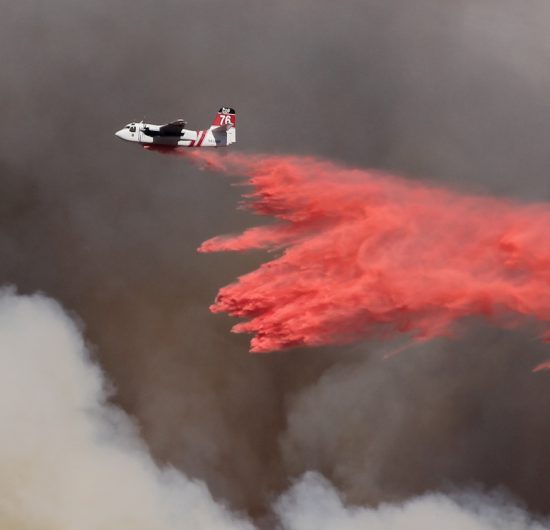Notice: Trying to access array offset on value of type null in /var/www/blog2.gounderwrite.com/wp-content/plugins/js_composer/include/autoload/vc-shortcode-autoloader.php on line 64
Notice: Trying to access array offset on value of type null in /var/www/blog2.gounderwrite.com/wp-content/plugins/js_composer/include/autoload/vc-shortcode-autoloader.php on line 64
Notice: Trying to access array offset on value of type null in /var/www/blog2.gounderwrite.com/wp-content/plugins/js_composer/include/autoload/vc-shortcode-autoloader.php on line 64
Notice: Trying to access array offset on value of type null in /var/www/blog2.gounderwrite.com/wp-content/plugins/js_composer/include/autoload/vc-shortcode-autoloader.php on line 64

Notice: Trying to access array offset on value of type null in /var/www/blog2.gounderwrite.com/wp-content/plugins/js_composer/include/autoload/vc-shortcode-autoloader.php on line 64
In the past decade, the state of California has experienced its worst wildfires to date. The recent actions taken by Pacific Gas & Energy, California’s energy provider to shut down power in certain regions of the state bring forth these rhetorical questions: How long can these insurance carriers sustain these losses for? Would other insurance carriers come into this market to levitate the high premiums?
In 2018, the state of California experienced its most destructive wildfire to date, Paradise wildfire. Close to 8,000 residential and commercial structures were burned down. Paradise wildfire could have bankrupt many insurance carriers if congress did not pass an emergency funding package to assist. In the previous year, the National Interagency Fire Center (NIFC), the nation’s support center for wildfires writes “2017 fire season was a normal year with 71,499 wildfires.” It’s amazing how 2017 was considered a normal year with 12 billion in losses.
What Causes Wildfires?
Researchers state that nearly 90 percent of wildfires are caused by human activity; however, research from the National Association of Insurance Commissioners (NAIC) states that “there is much evidence to indicate that severity of wildfires in recent years may be linked to changing climate and weather variability. Climatic changes are likely influencing recent wildfire trends.” With wildfires influenced by the changing of climate; what are insurance carriers suppose to do? Can they sustain 12 billion in losses annual? And that is for a normal year. There has to be a better way to mitigate these losses or there would be no insurance carriers left to cover homeowners and businesses.
What is next for Insurance Carriers?
S&P Global Ratings, a leading financial research reports that “2020 reinsurance pricing in the aftermath of California wildfires will likely rise as reinsurers are finding 2017-2018 losses from wildfires in that state to be higher than expected.” The insurance industry needs specialized and data-driven insurance carriers and managing general agencies, such as Delos, an mga specializing in wildfire coverage to help homeowners, businesses, and carriers manage these losses. The current way is not working. We need data-driven approaches to mitigate these losses. Data is the only way we can get a hold of this problem.
Interested in learning more about UnderWrite and how it would help your company write accurate policies and reduce misclassifications? Sign-up for a free trial.